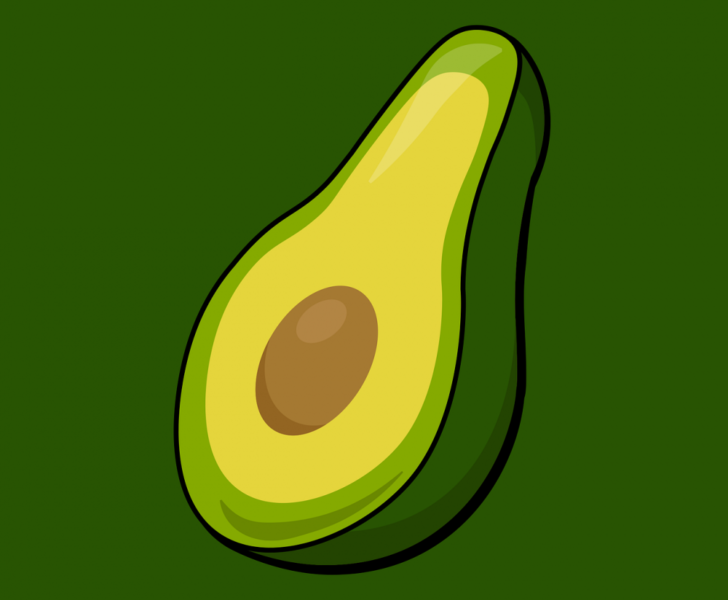Okinawa Diet: Discover the Secrets of Longevity and Health

Introduction
The Okinawa Diet has gained significant attention for its association with the long and healthy lives of the people residing in Okinawa, a Japanese archipelago. This article will provide a comprehensive overview of the Okinawa Diet, exploring its types, popularity, quantitative measurements, differences, and historical pros and cons. By the end, you will gain insights into its unique principles and the potential benefits it offers.
1. The Okinawa Diet: A Holistic Approach to Health

The Okinawa Diet is not simply a diet plan but a way of life that promotes balance, longevity, and overall health. It is rooted in the traditional dietary habits of the Okinawan people, who have been recognized as some of the healthiest and longest-living individuals worldwide.
The diet focuses on the consumption of nutrient-dense, mostly plant-based foods, while minimizing the intake of calorie-dense and processed foods. Additionally, portion control and mindful eating play key roles in the Okinawa Diet. Physical activities, stress management, and social connections are also emphasized as important components of this lifestyle.
2. Types and Popularity of the Okinawa Diet
Various types of the Okinawa Diet have emerged based on individual preferences and cultural adaptations. Some popular variations include the plant-based Okinawa Diet, the Okinawa-inspired Mediterranean Diet, and the Okinawa Diet Tracker, which utilizes modern technology to track and optimize food choices.
The plant-based Okinawa Diet revolves around consuming mostly plant foods such as whole grains, legumes, vegetables, and fruits, while being mindful of protein sources like tofu and fish. The Okinawa-inspired Mediterranean Diet combines the principles of the Mediterranean Diet with those of the Okinawa Diet, emphasizing the consumption of fatty fish, olive oil, whole grains, and ample fruits and vegetables.
The Okinawa Diet Tracker utilizes electronic devices and apps to monitor and guide individuals towards a balanced and healthy diet based on the Okinawan principles.
3. Quantitative Measurements and the Okinawa Diet
Studies have shown the effectiveness of the Okinawa Diet in promoting various health benefits. One quantitative measurement is the calorie restriction observed in Okinawan individuals, contributing to their longevity. The Okinawa Diet typically provides fewer calories than other Western diets, resulting in a lower body mass index and reduced risk of obesity-related diseases such as diabetes and heart disease.
Additionally, the Okinawa Diet is characterized by a high intake of antioxidants, fiber, and omega-3 fatty acids, coupled with a low intake of saturated fats and refined sugars. These dietary aspects have been linked to improved immune function, reduced inflammation, and a lower risk of chronic diseases.
4. Exploring the Differences in Okinawa Diets
While the core principles of the Okinawa Diet remain the same across different variations, some differences exist due to cultural and geographical factors. For example, traditional Okinawan cuisines include unique ingredients like purple sweet potatoes, bitter melons, and goya, which may not be easily accessible in other regions. As a result, adaptations have been made by incorporating local foods that share similar nutritional profiles.
Furthermore, the Okinawa-inspired Mediterranean Diet emphasizes the consumption of olive oil, nuts, and seafood, which may differ from the traditional Okinawan notion of primarily plant-based meals. These differences showcase the flexibility and adaptability of the Okinawa Diet in different cultural contexts.
5. Historical Pros and Cons of the Okinawa Diet
Throughout history, the Okinawa Diet has been associated with numerous benefits. The traditional Okinawan population showcased reduced rates of heart disease, stroke, and several types of cancer. The diet’s emphasis on whole plant foods, lean proteins, and healthy fats contribute to these positive health outcomes.
However, modernization and Western influences have introduced processed foods, leading to an increase in the consumption of refined sugars, saturated fats, and sodium. This shift has resulted in a decline in the overall health of Okinawan individuals, offering a cautionary lesson regarding the potential pitfalls of straying away from the traditional Okinawa Diet.
In Conclusion
The Okinawa Diet holds valuable insights into achieving a longer, healthful life. By adopting a balanced, plant-focused approach, Okinawans have thrived both physically and cognitively. The quantitative measurements and historical perspectives highlight the benefits and challenges associated with various Okinawa Diet variations. As you embark on your own health journey, consider incorporating elements of the Okinawa Diet into your lifestyle, paving the way to optimal well-being.
– Länk till en relevant och informative video om Okinawa Diet]











